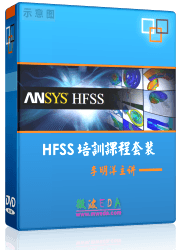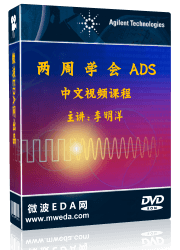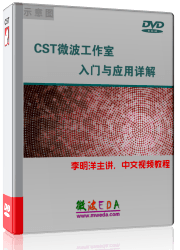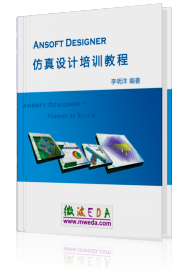Settings for Floquet Boundary
 Settings
Settings  Boundaries Boundaries  Floquet Boundaries Floquet Boundaries
This dialog box offers options to modify the parameters of Floquet
modes. Only experienced users should change these settings.
Please note that this dialog is available after you have defined a boundary
as type unit cell.
Properties frame
Edit Floquet
port: Specify the Floquet port for which the following settings
are valid.
Number of Floquet
modes: Set the number of Floquet modes that will be considered
for the simulation.
Distance to
reference plane: Specifies the distance to your reference plane
which is then used during the simulation to obtain the correct phase information
for the S-parameters (phase deembedding). Positive values move
the reference plane outwards, negative inwards. The deembedding
for Floquet ports can only be set before the calculation.
Details>>
Enlarges the dialog box to show further details
for the Floquet port.
Floquet modes frame
The list of Floquet modes can be fully customized
or can be set up automatically. For the latter case, the maximum Floquet
mode order along the two lattice vectors may be changed if required.
Press the Update button to overwrite the list of Floquet modes
based on the new settings.
After manually changing the TE/TM check boxes
or the mode's order numbers, Floquet
modes (customized) is displayed as the title of the Floquet modes
frame to indicate that the list has been customized. Pressing the Update
button again overwrites the list and thereafter the title will read Floquet modes again.
The fundamental Floquet modes TE(0,0) and TM(0,0)
are linearly polarized plane waves. In order to consider Circular Polarization,
check the corresponding box.
By clicking on the mode list's header, the sorting
of the Floquet modes can be changed. For instance, click on Beta
once to sort by decreasing beta, and again to sort by increasing beta.
The default sorting is by decreasing beta, with the TE(0,0) and TM(0,0)
fundamental modes as the first modes, regardless of their beta. If the
list has not yet been customized, click on the Nr. column header
to restore the default sorting order. The propagating constants are determined
at the Sort evaluation point.
Sort evaluation point frame
The sorting of the Floquet modes needs to be
independent of the current sample's frequency, theta, phi,
and media factor. Change the values to evaluate the propagation
constants and sort the modes for different parameters. The media factor
is the square root of the relative permittivity times the square root
of the relative permeability. If not specified, the media factor refers
to the background material, which in many cases is vacuum, hence a media
factor of One. If one Floquet port is within the background material and
the other is not, you may want to overwrite the media factor for
the second port to preview the modes' parameters in that port, considering
its material filling.
OK
Accepts your settings and leaves the dialog
box. You will return to the boundary dialog box.
Cancel
Closes this dialog box without performing any
further action.
Help
Shows this help text.
See also
Boundary
Conditions: Boundaries,
Symmetry
Planes,
Phase
Shift/Scan Angle, Unit
Cell, Boundary
Temperature




HFSS视频教程
ADS视频教程
CST视频教程
Ansoft Designer 中文教程
|